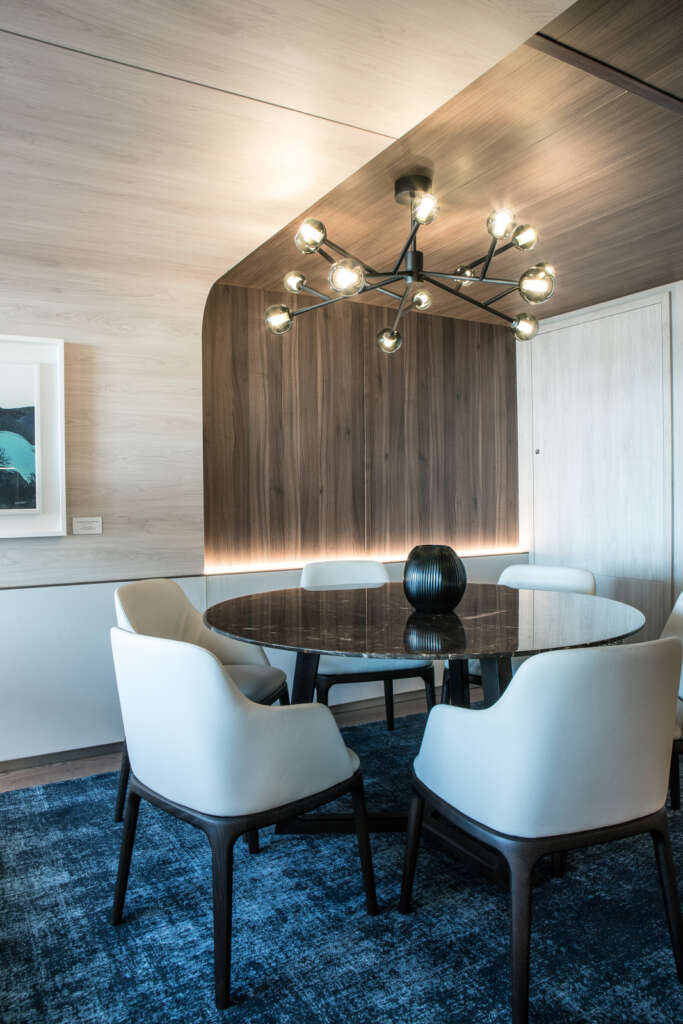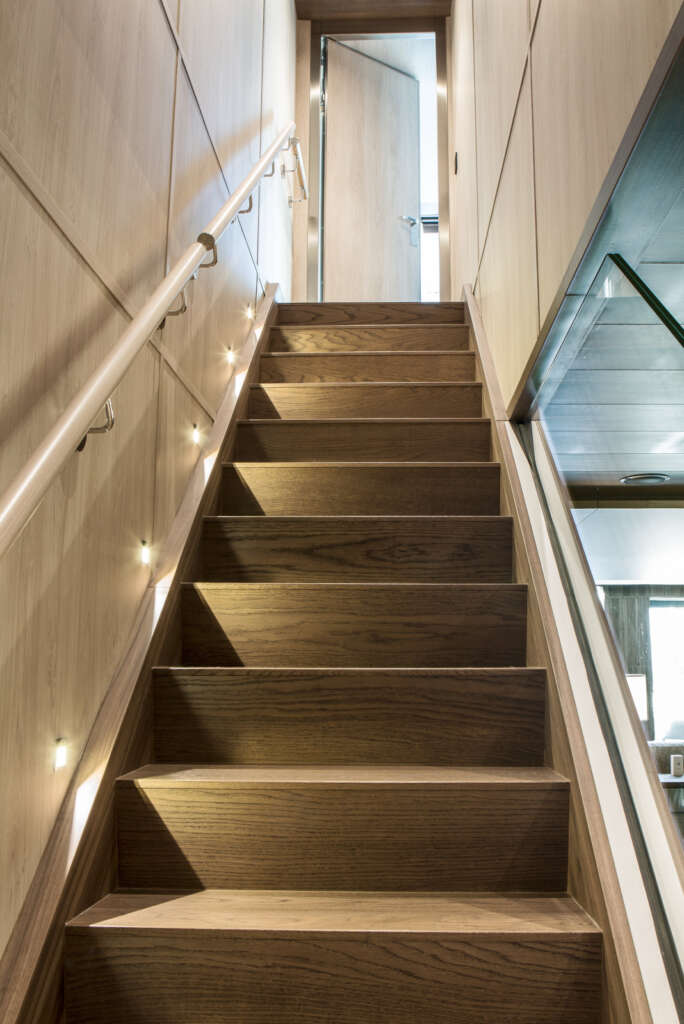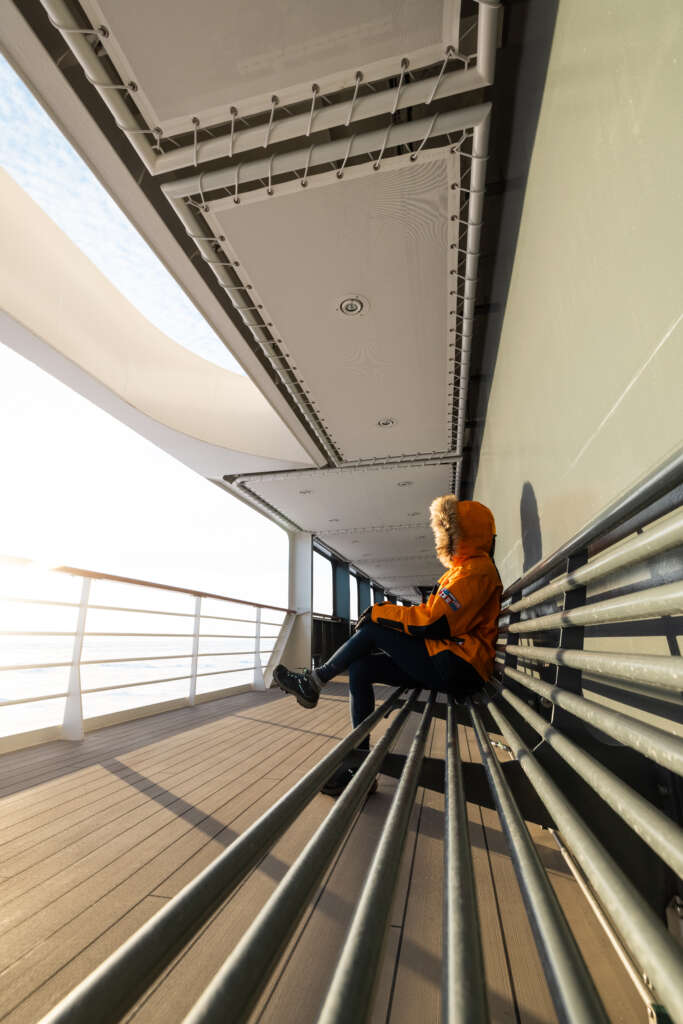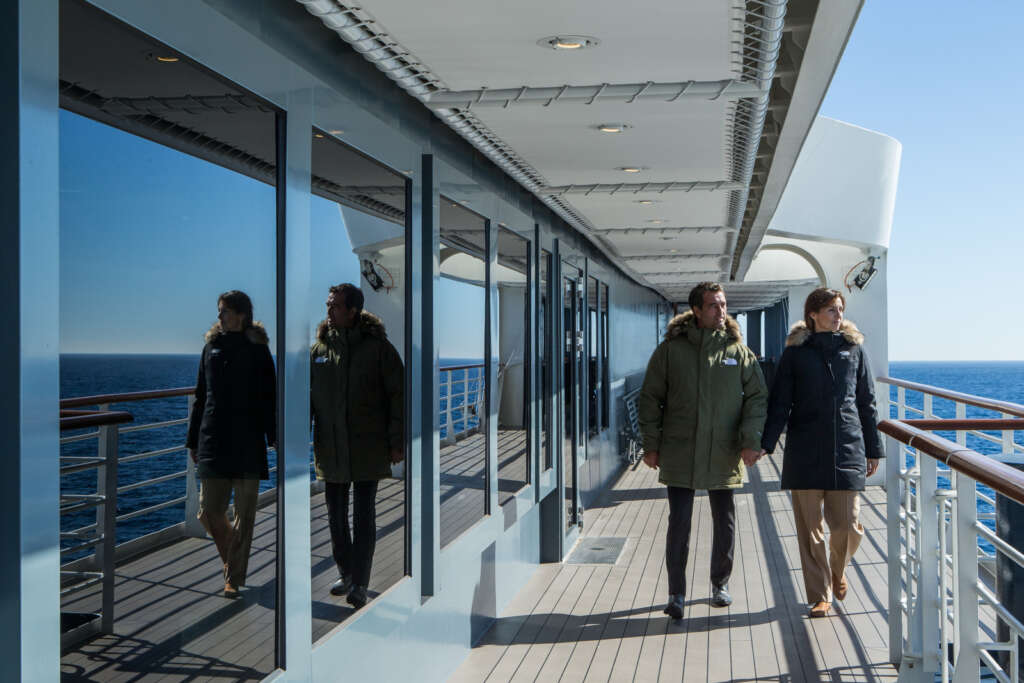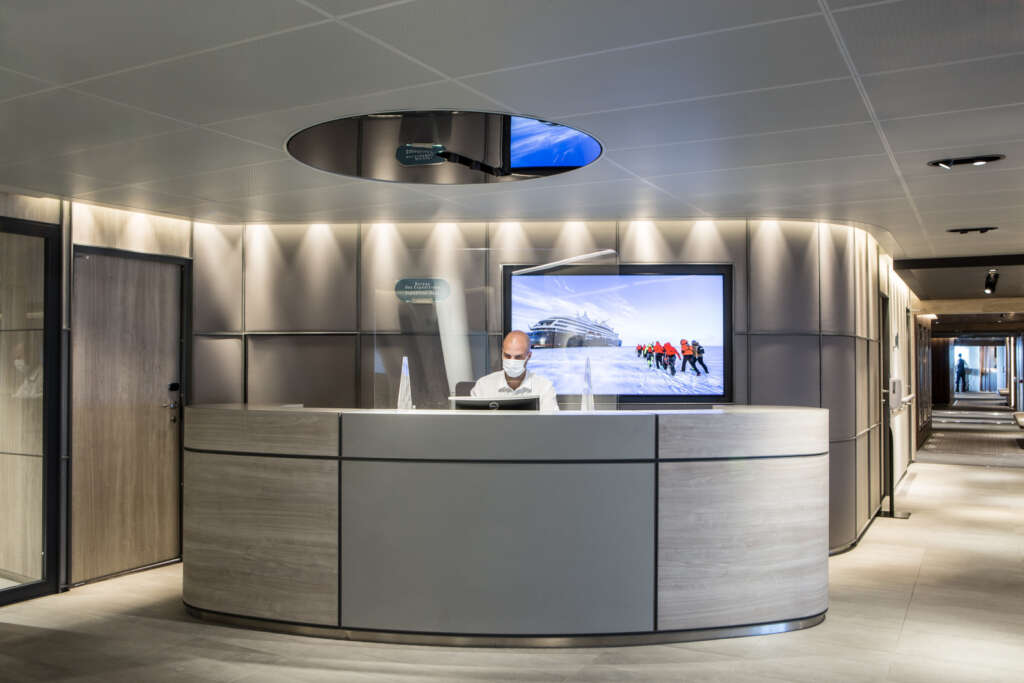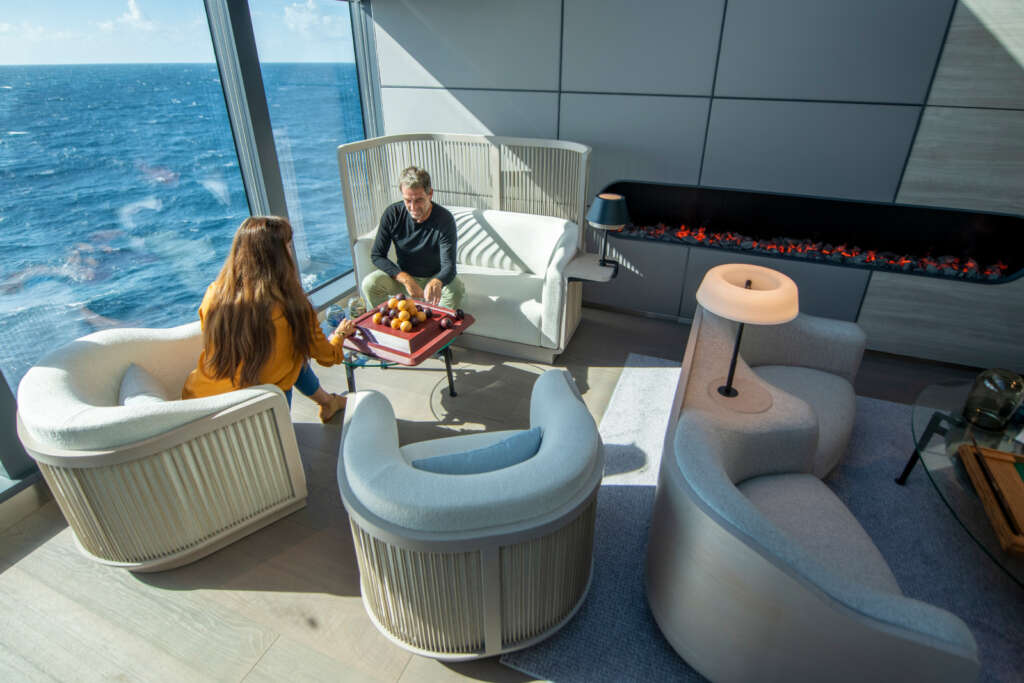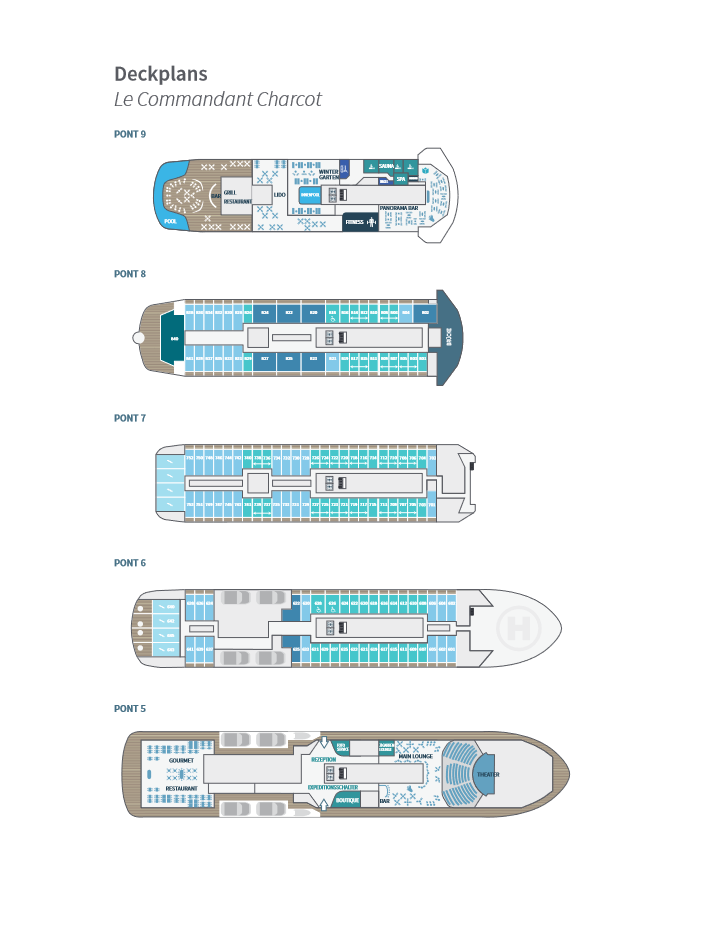Diary of a Journey under the World – Part 12 – The Furthest Ship South (for now)
David travelled aboard the magnificent Le Commandant Charcot by PONANT Cruises earlier this year on a half circumnavigation trip from Ushuaia, Argentina to New Zealand and what follows are his notes and highlights of a once in a lifetime trip to Antarctica in 2023.
David Heydon has been many things, nominated for Australian of the Year in 2016, the 2012 recipient of the Moore Medal, and a deep seabed mining pioneer. Most days David would be one of the expert naturalist guides aboard a ship, but today he is a guest on the Le Commandant Charcot.
David is an expedition cruising veteran, one who is uniquely specialized in the Polar. His extensive geological knowledge provides welcome insight into these regions’ many fjords and glaciers.
The Adventure Continues…
The goal for today is to reach the furthest South a ship can possibly reach, an emulation of Amundsen’s trek to the South Pole. You can see the Ross Sea below, the blue colour, an embayment into the Ross Ice Shelf.

Roald Amundsen was a Norwegian explorer of polar regions. His aim was to reach the South Pole, and his chosen passage was the Ross Sea embayment. This is the farthest South a ship can possibly reach, and is therefore the closest point to start a journey from land to the Pole.

Soon the Charcot has its path blocked by the Ross Sea Ice Shelf, it is impossible to travel further by ship from this point.

The result is a latitude of 78° 44.2239’.

This breaks the previous record for the furthest a ship has sailed South, which was claimed the year before by the research vessel Polar Star.
The most southerly bay in the Ross Sea is often nicknamed the “Bay of Whales”, an apt name considering David was able to spot two pods of Orcas.

That afternoon they travel along the Ross Ice Shelf, it might not look big, but it stands as tall as a 10-story building in most areas, and can even reach as high as a 15-story building.

It might look like they’re a little close for comfort to the Ice Shelf, but the steering on these modern ships is extremely precise.

These control the azipod thrusters. In this case, they are running directly against each other, which helps to hold the ship in position. This is often used when deploying Zodiacs, so one side can be protected by the wind for disembarkation.

continued in Part 13 coming soon…


